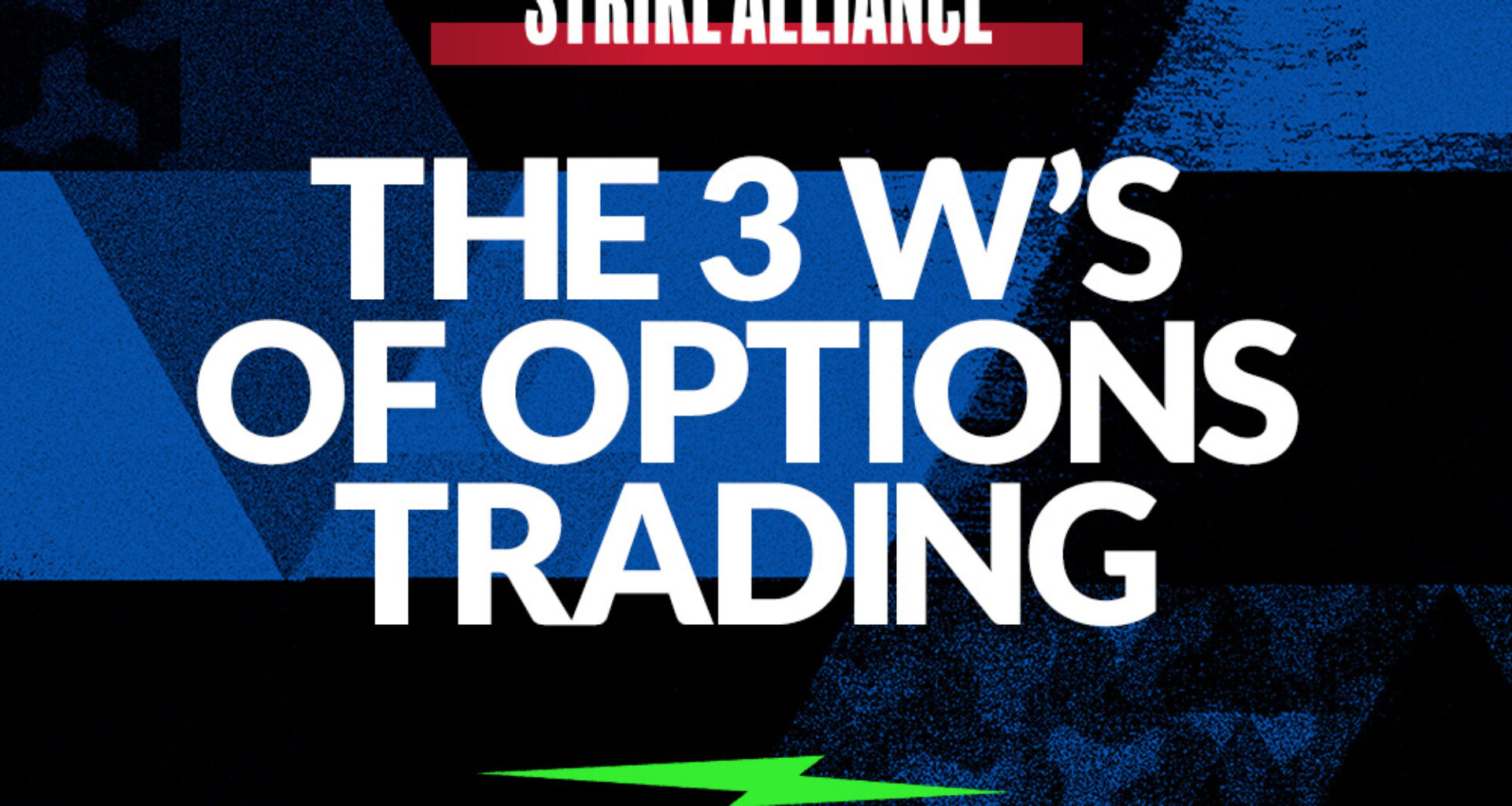Happy November, traders…
Jeff here.
Take a look at my October track record for my Burn Notice trades:
78% on DELL*
33% on DAL*
84% on DAL*
7% on DUK*
-12% on UBER*
25% on CCL*
11% on NRG*
27% on NRG*
89% on ARM*
7% on FSLR*
35% on UHS*
-4.7% on HMY*
76% on FSLR*
85% on MSFT*
-3.5% on MMM*
19% on TMUS*
6% on AU*
52% on ARM*
84% on AFRM*
19 trades. 16 wins with just 3 losses. All of these moves happen in 24 hours or less.*
I don’t post this to brag. I’m sharing it to show you the power of consistency.
However, most options traders lack consistency because they go into the market with their eyes half-shut…
They find a contract, hit “buy,” and hope it all works out.
Sure, they know what they’re trading. But ask them why that trade should work or when the right moment is to make their move, and suddenly, they’re quiet as a church mouse.
Yet those missing pieces are the difference between success and failure.
I’ve watched countless traders blow up their accounts chasing social media trends or gut feelings because they didn’t set up their trades with a purpose.
They had no solid reasoning behind why they entered or exited a position, and no timing strategy to help them stay on track.
If you want to win consistently as an options trader, you need to ask three simple questions before every single trade.
I’m not talking about The 3 T’s of Options Trading, The 3 S’s of Options Trading, or The 3 P’s of Options Trading…
I call these “The 3 W’s of Options Trading”: What, Why, and When.
Today, I’ll show you why these three questions are so critical — and how answering them could give you an edge that most traders can only dream of…
Step 1: The “What”
The “what” of a trade is the easiest part to figure out. All you have to do is determine the stock or position you’re planning to trade.
Every Reddit trader and their grandma (whose basement they probably live in) can find a “what.”
They might look at big names like Tesla or Apple because everyone knows them. Or, maybe they’ve done a quick scan and found a small, low-priced stock they think has potential.
But just because you know what you’re trading doesn’t mean you’re ready to risk your hard-earned money on it…
If it was that easy, everyone would be a multi-millionaire options trader.
Picking a “what” to trade is a bit like choosing a car. The make and model is important, sure…
But if you don’t know where you’re going or how to navigate the route, it won’t matter what kind of car you’re driving … you’ll never arrive at your destination.
You need the “why” and “when” before you hit that gas pedal, just like you do before entering any trades…
Step 2: The “Why”
So, you’ve picked a name that you think could move big. “What” next?
This is where most aspiring traders make a big mistake…
They don’t take the time to understand why this particular setup has the potential to pay off.
That’s because coming up with a solid “why” involves real work — research, due diligence, analysis, and backtesting.
Most traders are simply too lazy to do the homework required to succeed. But trust me, it’s worth every second you put into it.
Your “why” is the reason you believe your trade has a shot at success. It’s your main argument for why this trade is worth the risk.
Let’s say you picked a stock because its earnings report is coming up, and there’s buzz that the company might announce a major new product…
Or maybe you’re positioning yourself in certain names around the election…
Whatever it may be, the “why” makes you feel like you’re not just throwing a dart. It gives you confidence and conviction.
By determining a “why,” you’ll have a well-researched thesis, which gives you a clear reason to hold steady (even if the trade isn’t going your way immediately).
When you skip the “why,” it’s easy to get nervous, sell too early, or “hold and hope” when the stock isn’t doing what you thought it would.
I’ve seen many of my trading students make this mistake, and believe me — it doesn’t end well.
On the other hand, great traders can explain why they’re trading any given position in a few sentences.
Step 3: The “When”
Now you’ve got your stock, and you’ve got a reason for trading it…
This is where the trickiest part comes in: timing.
Unlike regular stocks, option contracts don’t give you unlimited time to get it right.
They have an expiration date, which means you need to be extra careful about when you make your moves.
Timing is everything in options trading. You might be 100% right about the underlying stock (and why it’s going to move)…
But if you’re a week too early or too late, your options will expire worthless. You might as well be 100% wrong.
On the other hand, this is why nailing your options timing can be so incredibly profitable…
A few % points in the right direction could earn you a small fortune in a very short period.
Here are a few tips for nailing “the when”:
- Check if the stock’s price is nearing historical support or resistance. Be careful with puts near support (and with calls near resistance)…
- Watch how the market’s behaving that day. The trend is your friend, trade accordingly…
- Don’t buy strike prices too far out of the money (OTM). Pick a strike close to the current share price. The contracts will cost a bit more, but your chances of success will be much higher…
- If you have a strong conviction that the move will happen soon, you should press your edge and buy weekly options. (For example, my Burn Notice trades are usually contracts with exactly one week remaining)…
- But for any trade where you have less than A+ confidence in an immediate move — or the chart is slower-moving — you should buy longer-dated contracts (a few weeks out or more)…
One more trick from my years on Wall Street: sometimes, no trade is the best trade.
Don’t feel like you have to enter every trade at the first sign of movement.
Trade like a farmer. Patiently wait until the conditions are perfect for a massive harvest.
Putting “The 3 W’s” Together
Getting one out of the three W’s right isn’t good enough. Just knowing what to trade — without a reason or the timing — is a recipe for disaster.
The “what” without the “why” leaves you feeling shaky about your trade, and the “when” without the other two is just plain guessing.
Don’t hope the stock will go in your direction. Understand your stock, have a clear reason for why it should move, and pick the right contracts for your timeframe.
This isn’t a magic formula. You’ll still make mistakes, and some trades won’t go your way. We’re all human.
But if you focus on The 3 W’s, you’ll stop making snap decisions that lead to unforced errors and start taking complete control of your trading.
You’ve got the 3 W’s — now go make some money.
Have a great weekend,
Jeff Zananiri
P.S. My brand-new algorithmic trading system has already delivered returns of 145% on QCOM, 235% on TECS, and even a staggering 900% on PBR…*
If you want to start finding trades like these before they take off, you’ve come to the right place…
This SUNDAY, November 3 at 9:00 p.m. EST, my buddy Danny Phee is hosting an URGENT LIVE EVENT where he’ll reveal everything you need to know about my AI-powered GAMMA Code System.
Let AI help you find triple-digit trades — Click here to reserve your spot now!
*Past performance does not indicate future results





